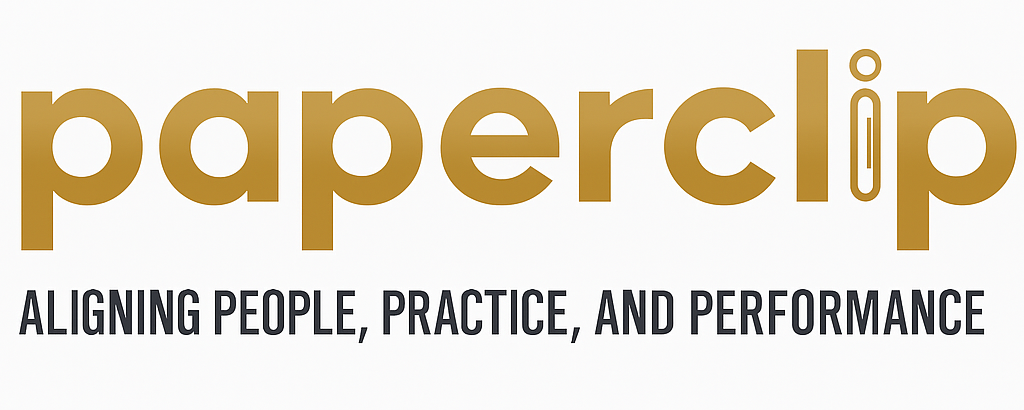Navigating Change
Change is inevitable in any organization, and how it is managed can make all the difference in its success. Whether it’s a company-wide restructure, a shift in leadership, or the adoption of new technologies, effective change management is crucial. In this blog post, we’ll explore the key strategies that HR professionals can employ to navigate change seamlessly, ensuring a positive and productive transition for both employees and the organization as a whole.
Clear Communication is Key
During times of change, transparent communication is non-negotiable. HR should be at the forefront of conveying the purpose, scope, and expected outcomes of the transition. This includes addressing concerns and providing a platform for employees to voice their questions or apprehensions. Regular updates, town hall meetings, and open forums can go a long way in creating a culture of trust and transparency.
Engage and Involve Employees
Involving employees in the change process empowers them and fosters a sense of ownership. Encourage feedback and seek their input on aspects that directly impact their roles. This collaborative approach not only enhances morale but also ensures that the transition is well-informed and tailored to the needs of the workforce.
Provide Adequate Training and Development Opportunities
Change often brings new skills and tools into play. HR should collaborate with department heads to identify training needs and facilitate upskilling or reskilling programs. This not only equips employees to excel in their roles but also demonstrates a commitment to their professional growth, bolstering their confidence in the organization’s future.
Address Resistance and Manage Emotions
Change can be met with resistance, which is a natural part of the process. HR professionals should be prepared to listen empathetically to concerns and provide support. Offering resources for managing stress and uncertainty, such as counseling services or workshops, can be instrumental in helping employees navigate through their emotions.
Monitor Progress and Adapt as Needed
A successful transition requires ongoing evaluation and adjustment. HR should establish key performance indicators (KPIs) to measure the impact of the changes and be prepared to make necessary refinements. Regular check-ins with employees and departments can provide valuable insights into the effectiveness of the transition strategy.
Celebrate Milestones and Successes
Recognizing and celebrating achievements along the way can provide motivation and reinforce the positive aspects of change. Whether it’s reaching a significant milestone or acknowledging a team’s collective effort, HR can play a vital role in fostering a culture of appreciation and acknowledgment.
Change is a constant in the modern workplace, and HR plays a crucial role in ensuring that transitions are managed smoothly and with minimal disruption. By prioritizing clear communication, employee engagement, training and development, addressing resistance, monitoring progress, and celebrating successes, HR professionals can lead their organizations through change with confidence and success.
Remember, effective change management not only leads to a seamless transition but also sets the stage for a more agile and adaptable organization in the long run. Embracing change becomes not just a necessity, but an opportunity for growth and innovation.
